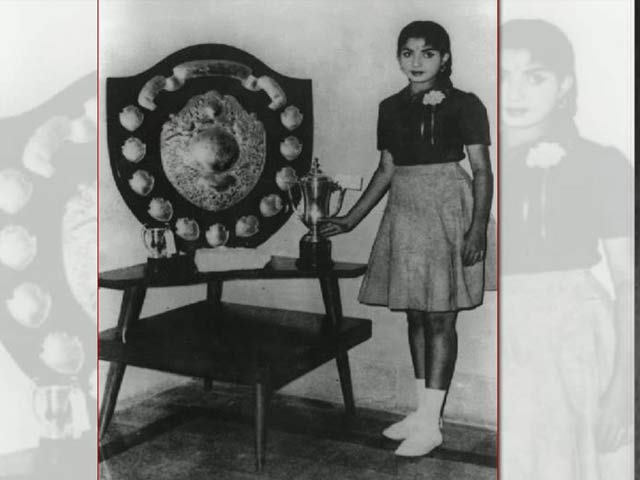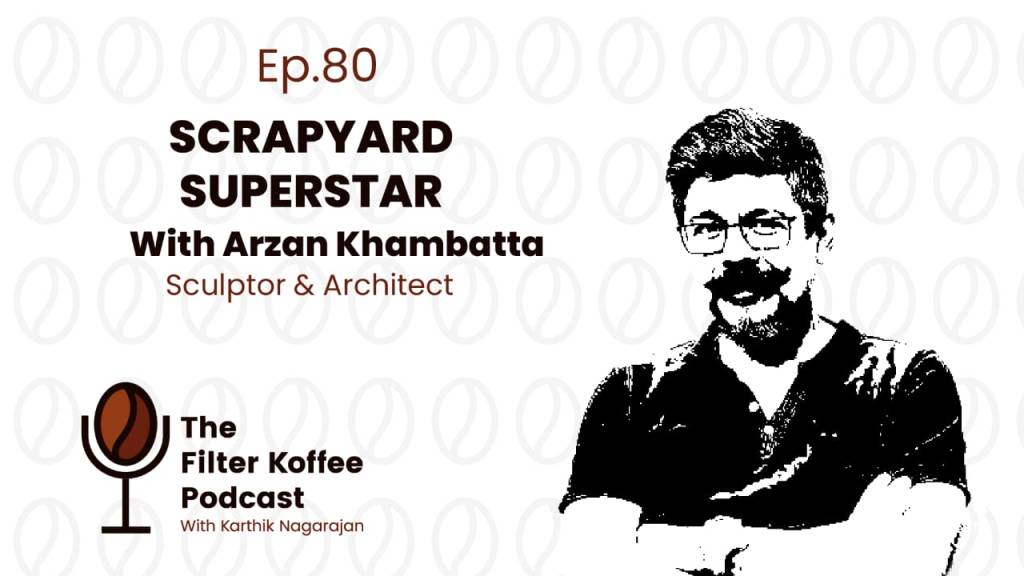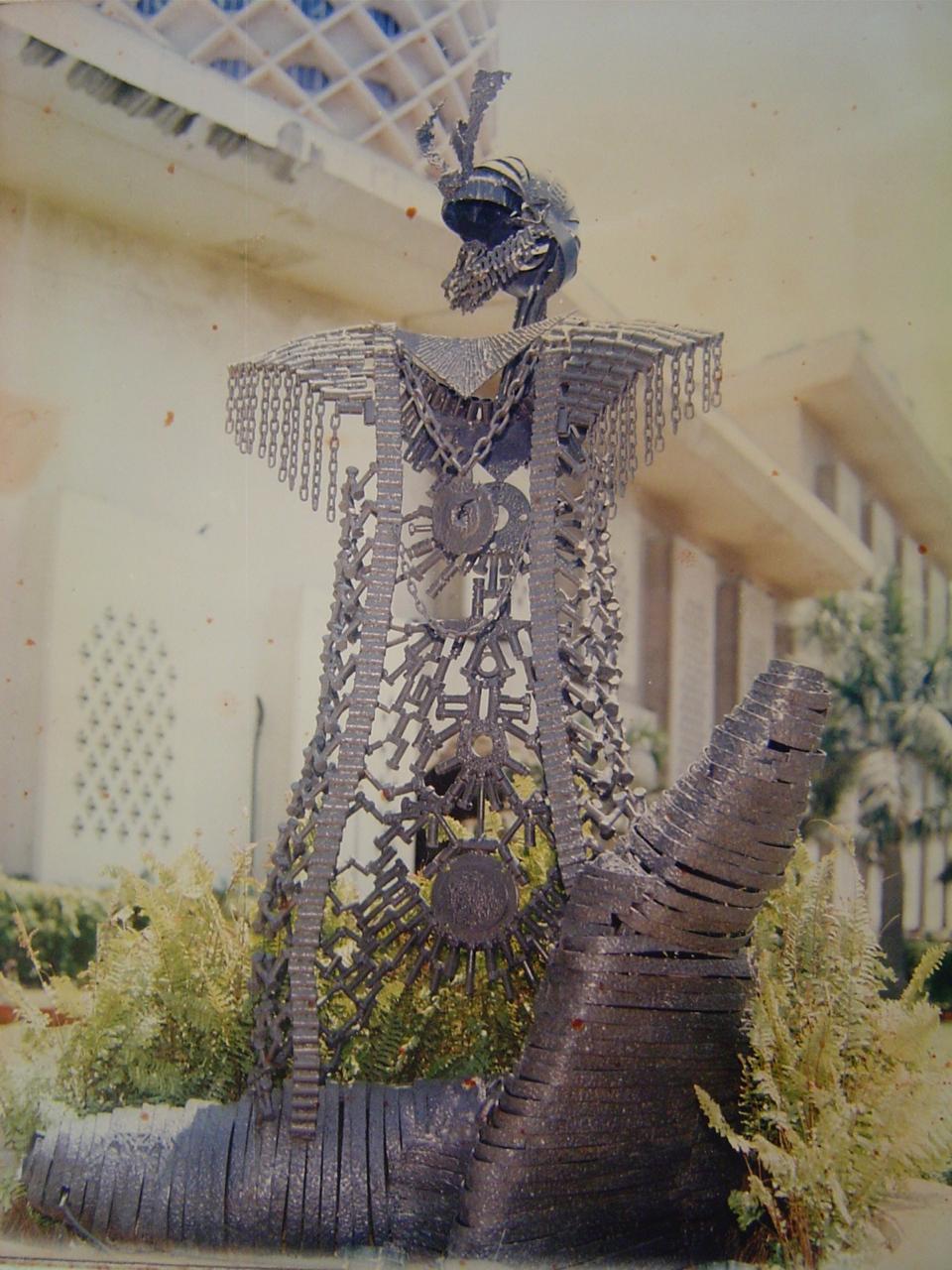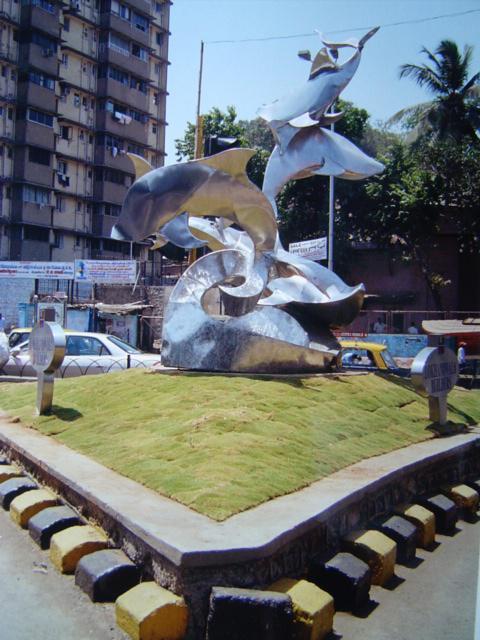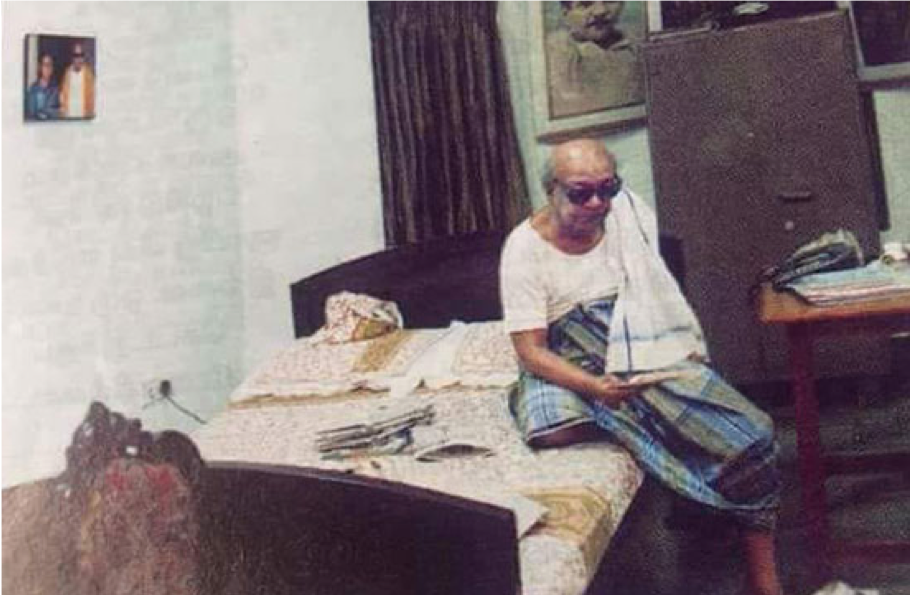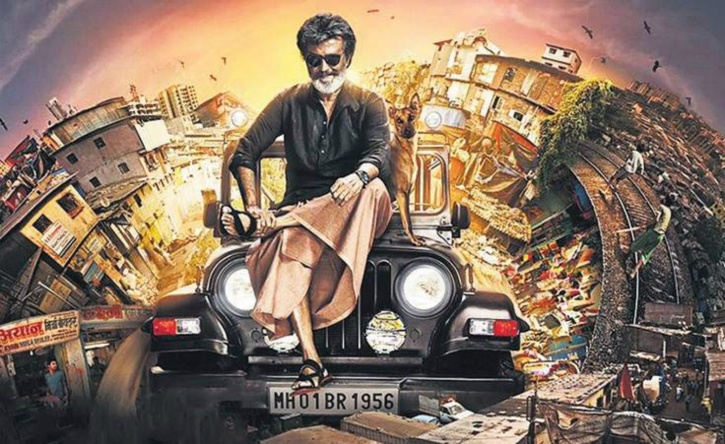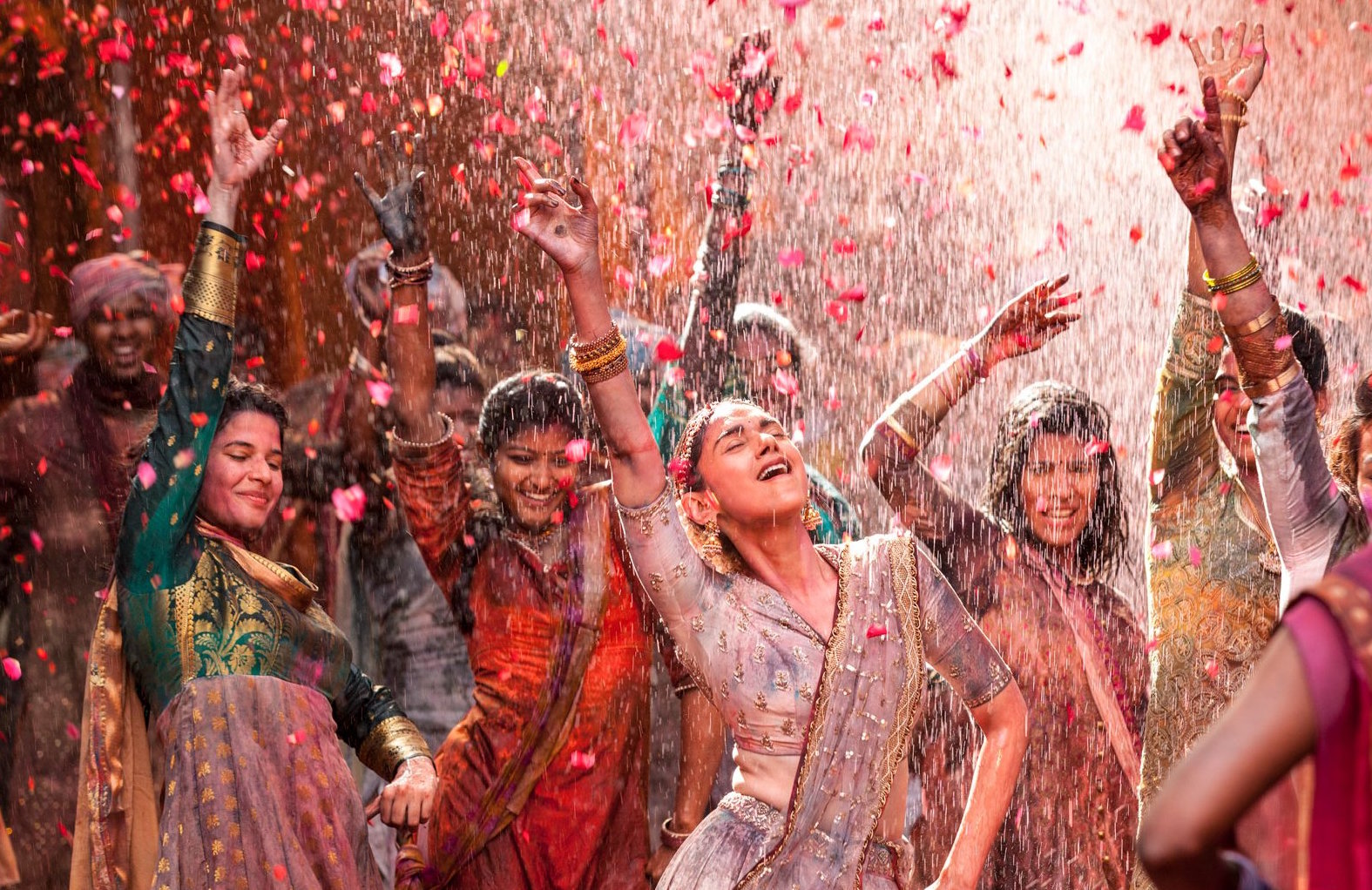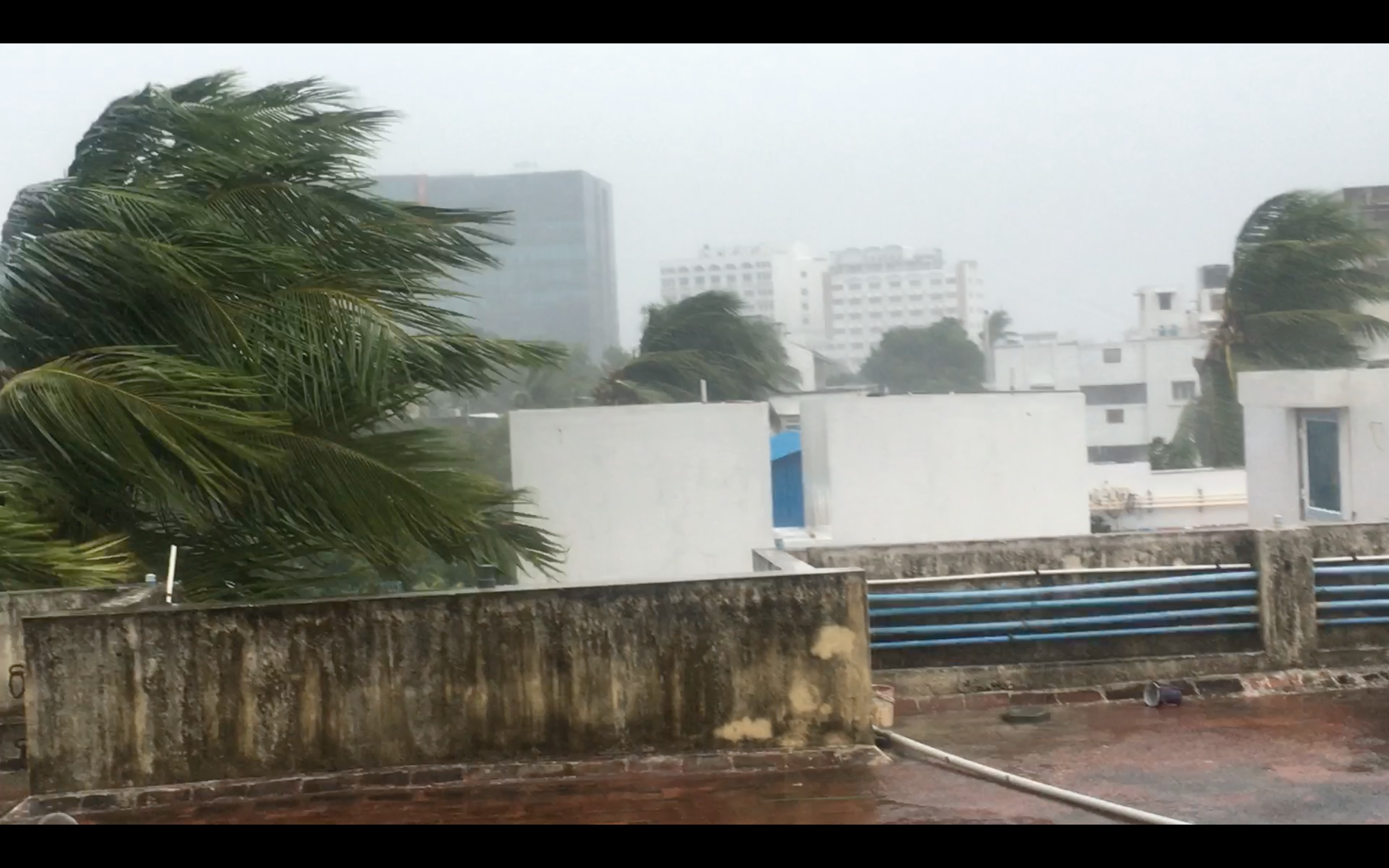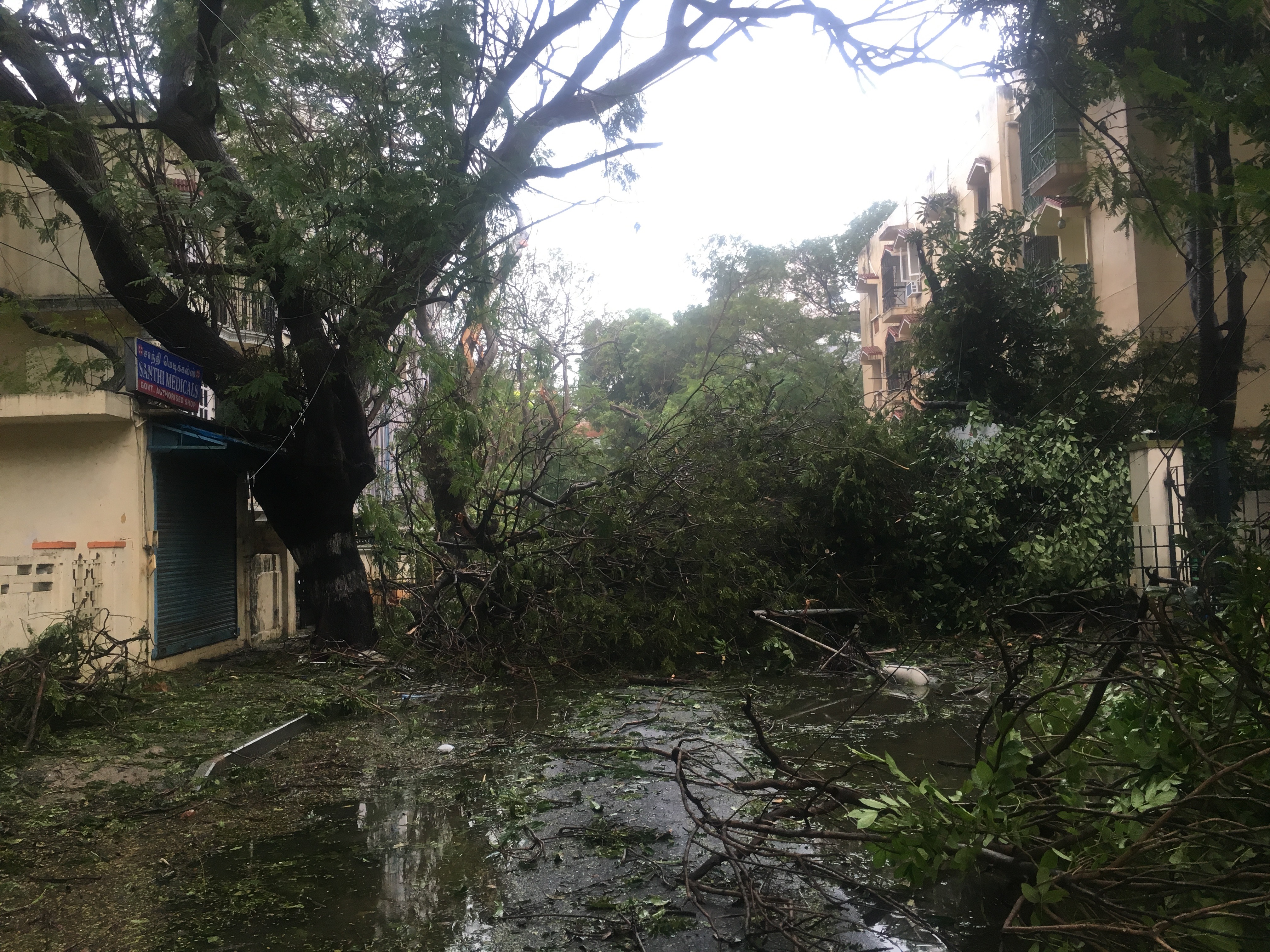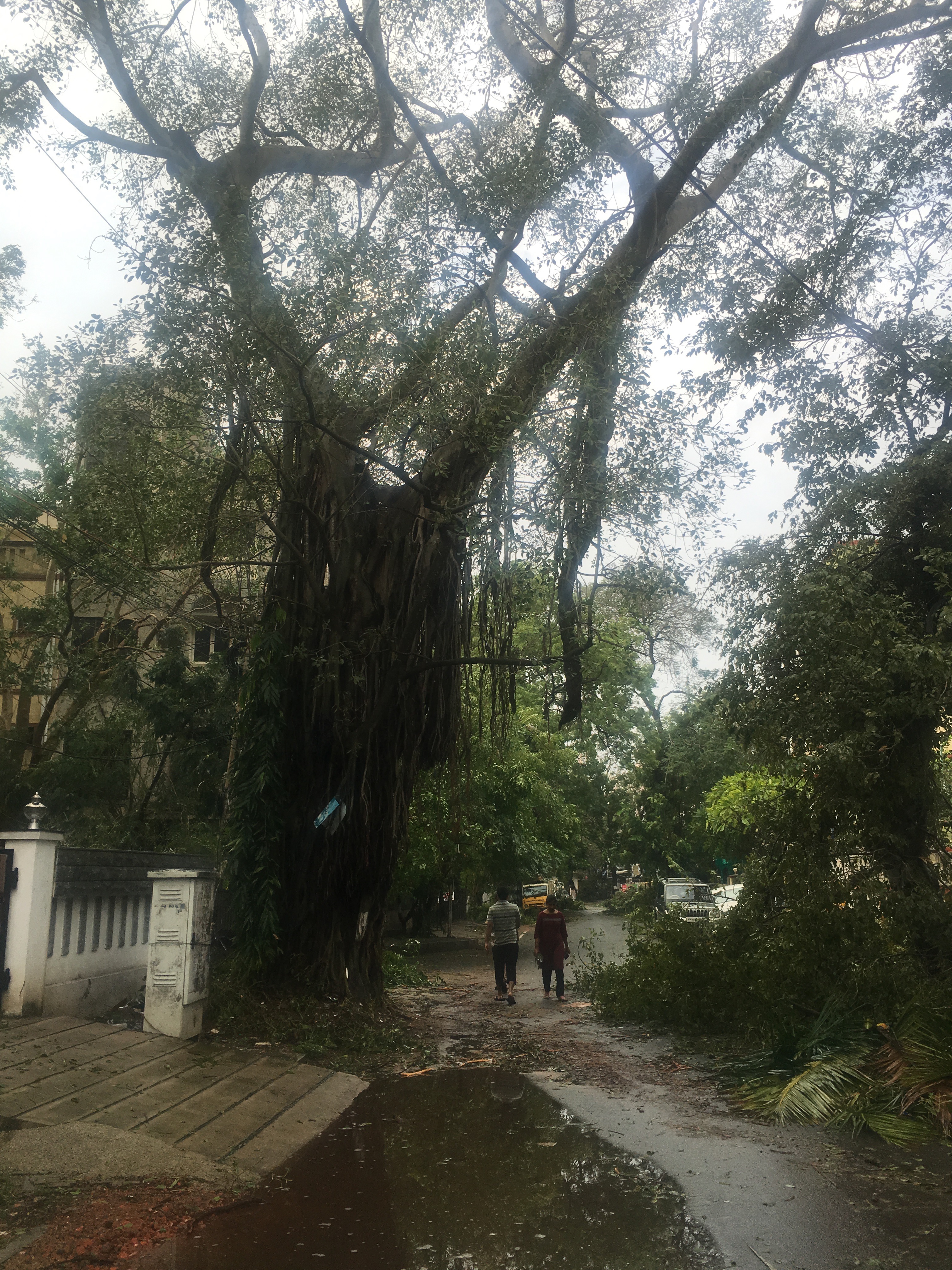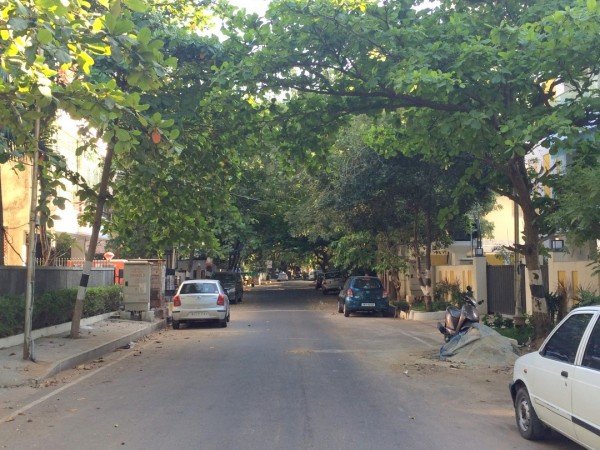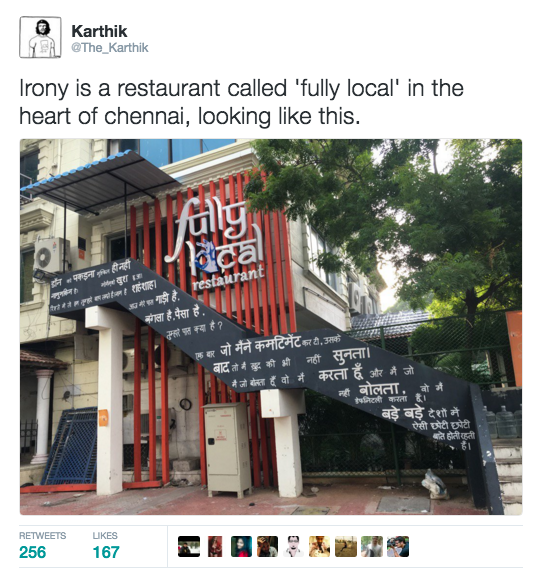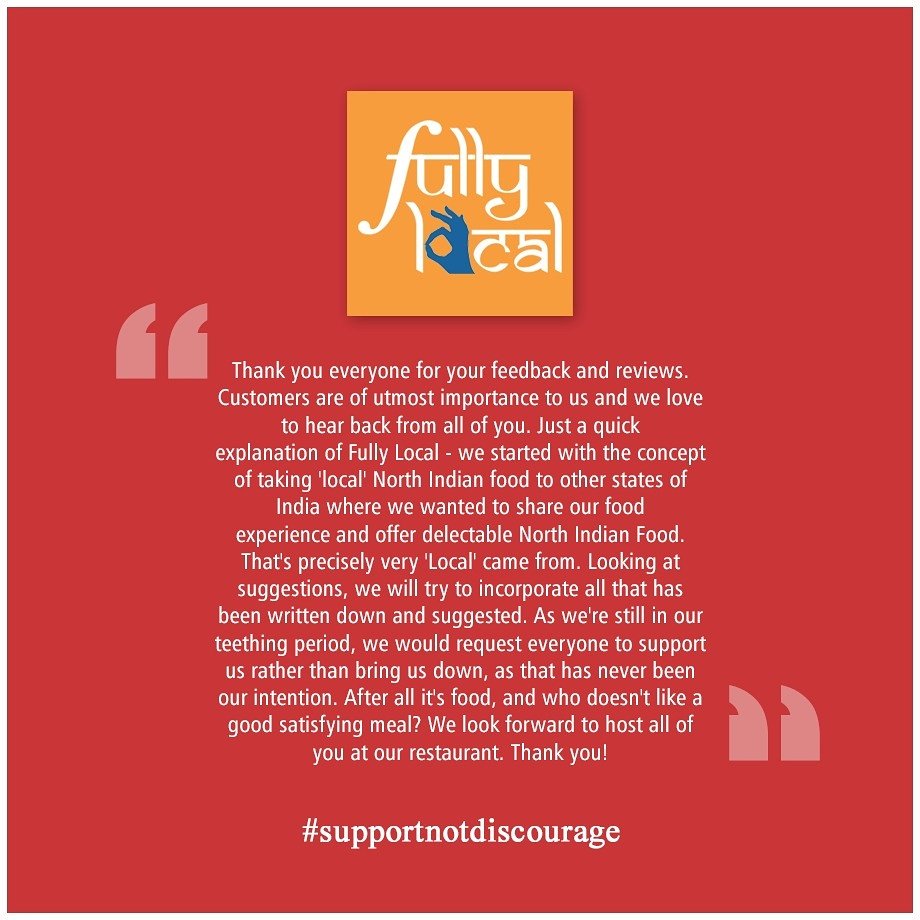I cant remember the last time I had a lump in my throat when a politician died. I do today. I surprise myself because I have never voted for the person, hated her brand of leadership and rarely agreed with her for the most part of her career. But her career also panned my entire adult life and I realize today that the battles we fought together and against – me as a citizen and she as my representative, have defined a large part of my life. A part that ended today. So it is difficult to differentiate the personal from the political, when it comes to emotions on this day.
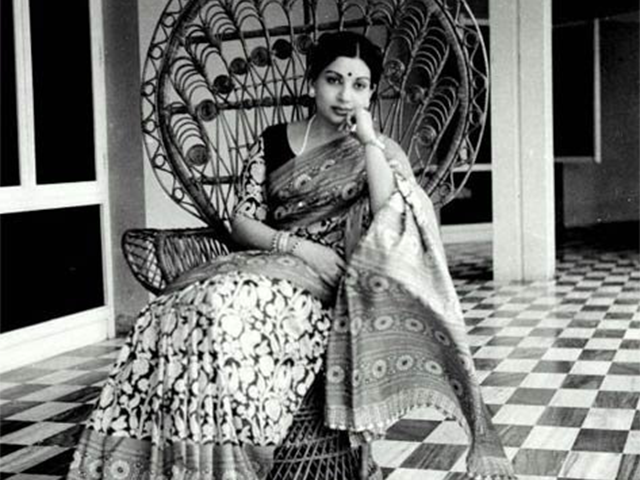
The Misfit
I felt for her as a ten year old boy watching the live telecast of MGR’s funeral, when she was man-handled out of the gun carriage carrying his body. Amidst hardened coterie men, she was an odd one out in that picture. I couldn’t help thinking that she somehow just did not fit in. If you had told me that day that the same cadre will fall on her feet willingly and worship her only a decade later, I would have been very happy with the World’s justice mechanism.
I had to take 25 C to my school and every time it crossed church park, there will invariably be someone whispering “that is Jayalalitha’s school”. I was proud of her. There is no country man outside my state who had / has a Chief Minister who topped the state in the Matriculation exams. She just seemed to never fit in! Years later, I would Love to show off her interview with Simi Garewal (1999) to my friends from elsewhere. I even bought a collection of short stories by Somerset Maugham, because she mentioned it as her favourite book in that interview.
I did not root for her in the first election that ensued. It was also the first that I actively followed in my life – a time when the term “Amma” referred to someone else in TN politics. An election that fascinated me as a boy because at barber shops and family functions – my biggest source of political discourse at the time, it was pitched as the battle of the wife Vs the lover. And marriages have always won in this part of the World. As she would point out in an interview many years later, almost all of the female leaders in Asia have been related by blood or marriage to a male leader. Though on this occasion, both lost.
The walking tragedy
What happened in the TN assembly in 1989 shocked me even as a boy. Probably the first of many incidents that would disillusion dravidian politics as a concept for me.
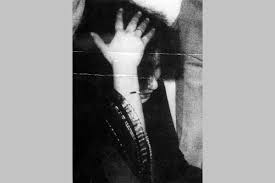
When I read about her in those years, her loneliness drew me to her. The child who lived away from family, the girl who was forced into an acting career she did not like, the man who took her entire youth as hostage, a lover and a political successor who was just left to fend for herself…her melancholy was not just sad. It was mythical, somehow. And magnetic.
The Hatred
I protested against her and got lathi charged during the 1996 elections. That campaign involved morphing of her images onto photos of goddesses and religious icons. It had outraged all of Loyola College at the time for some strange reason and we walked down Sterling road in protest. In that phase of my life, my political views were being shaped more by anger than by inspiration. And those were not her finest years. That made it easier.
My Mom spent her entire career in the state government and when their union strike in the late 90s was met with an unprecedented iron fist, my anger against her found a new high. I was still too young to fathom the concept of decisive governance. But that notwithstanding, she was at that point more a despot more than a democratic leader.
I hated her for the hours I spent at traffic signals on my bike, under a scorching sun, so that her never ending entourage could cross. They usually stopped traffic about 30 mts before it crossed a spot.
It was around this time that the corruption allegations surfaced as well. But the TN polity has always been comfortably numb with the concept of corruption. The hero worship which is the base of politics in this state, almost justifies it to a certain extent. But nothing justified THAT wedding! The obscenity of wealth on showcase during that week was probably what alienated her forever in the minds of families like mine.
The resurrection. Of sorts.
In 2001 when she won, I was heartbroken. But something had changed. There was a pronounced objectivity in her actions and even a cynic like me started to believe in her intent. It was as though she suddenly realized that time was short. Most importantly, she started fitting in. Or may be we just reconciled to her norm. Either way, my views also matured from the personal to the objective. It was becoming less about the entourage and more about the economy. We profited from the real estate boom around the IT highway, but I could also see a vision of some sort taking shape. What happened from an industrial perspective in that term was unprecedented for the state. It is also the reason why I later found humour in the so called Gujarat story, which was a much lesser product (on most indices) compared to Jaya’s, except it was marketed better.
I admired her when she banned religious conversions in the state in 2002. I cannot think of a more decisive and rational move at the confluence of religion and politics, made by an Indian leader.
I admired her for being the ONLY politician in the south to have a consistent view on Sri Lanka throughout (pro Eelam but anti LTTE). This, while I disagreed with her vehemently on the subject.
I always felt secure with her representing my state’s interests with the central government. Whether it was Kaveri or GST – no one could mess with her. No one did, until the end.
I am not a fan of welfare politics but I could see that behind the megalomania of self branding across the canteen, pharmacy, salt and water, there was an agenda. I don’t buy into that agenda but I respected the plan. I have eaten at Amma canteen and the food was great! It is an administrative gold standard that she was able to maintain the food and the premises at such high levels of quality, even after many years. In a country of ‘great ideas’ and ‘bad executions’, she was miles ahead as an administrator.
In many ways, that is the real void she has left behind. We have so few of such managers left.
Her legacy. My lump.
I hate her brand of leadership. I loathe her for creating a party and a government with no second line. Not even a spine. I find it insulting to the intelligence of the entire state. But that is also the tragedy of Jayalalitha. This is evidently not her chosen career. But one she stuck on because of her bullheadedness – one that she handcrafted for survival. In many ironical ways, hers is the antithesis of a tamil cinema script – A leading lady, a hero who is also her villain and an ending where she has her revenge but somehow still manages to eke out a tragedy.
I hated how she treated my city’s icons. She converted a 450 Cr structure meant for the legislative assembly into a hospital and was threatening to shut down my favourite city library as well. Why? because she could. Because they were created by her rival. I hate her for making my city’s street corners into filthy wine shops.
I hated her party men for what they did during the Chennai floods when hundreds of relief volunteers were forced to stamp her stickers on supplies. I hate her for never speaking about it.
I am scared by the leadership void she has created in my state. I fear for the future of my city. But as I see her last procession to the burial ground, it is a strange love that rises up to my throat. Because I know that person. I know her story. We were in this together. I know her mistakes but I also know her injuries. I know what she had to endure. All I want to do is to hug that 15 year old girl from church park, before she was pushed into the tumultuous world of fame that will eventually consume her and tell her that it will be all be OK. We will all be OK.
